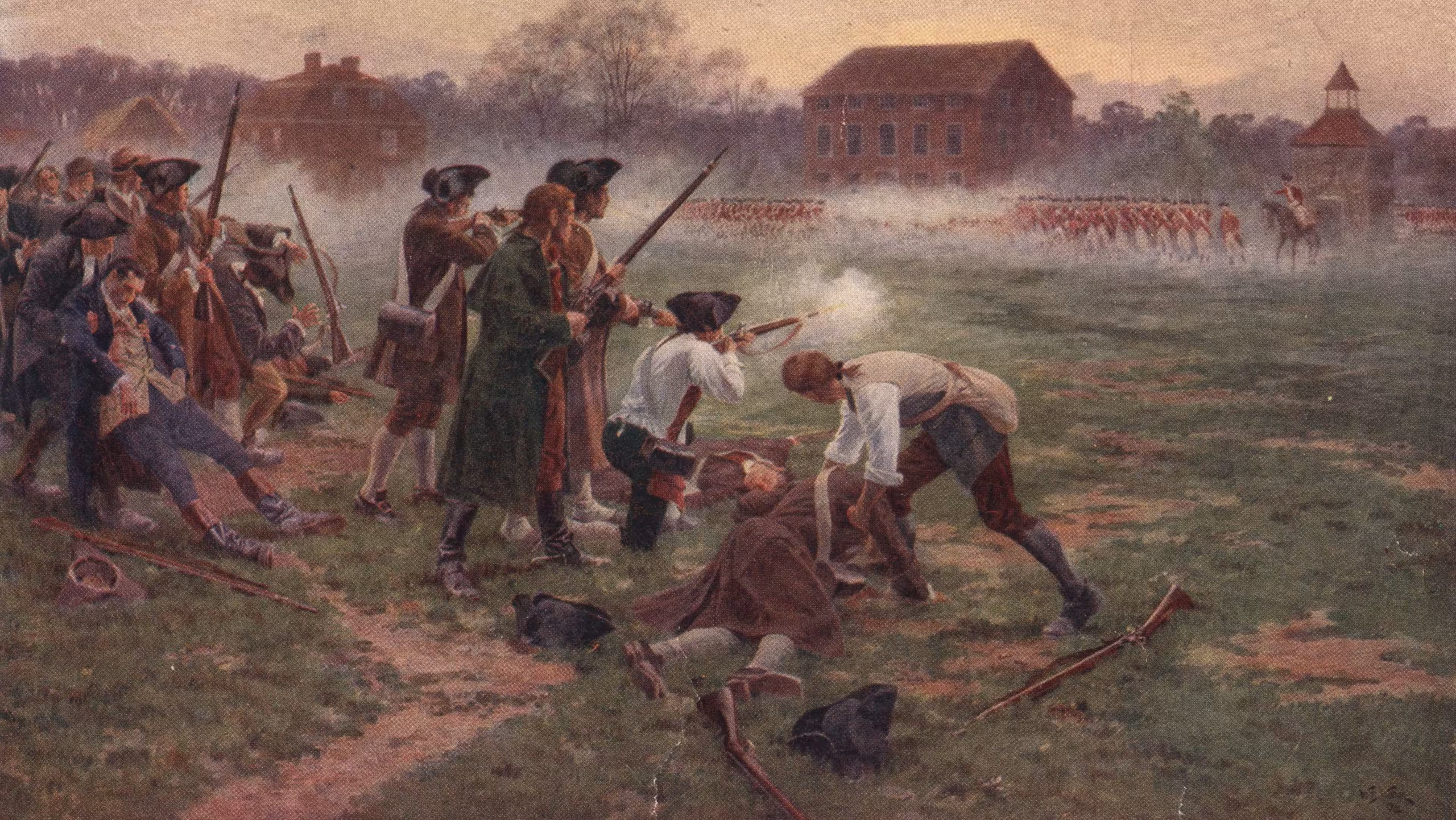
The Fight for Independence: Inside the American Revolution
The Fight for Independence: Inside the American Revolution
The American Revolution stands as one of the most pivotal moments in world history, representing humanity’s eternal struggle for freedom and self-determination. As a timeless reporter examining this extraordinary conflict, we witness not merely a colonial rebellion, but a profound transformation that would reshape the very concept of governance and individual liberty. This comprehensive exploration delves into the intricate web of events, personalities, and ideologies that culminated in the birth of a new nation, forever altering the political landscape of the world.
The American Revolution encompassed far more than battlefield victories and political declarations—it embodied a revolutionary philosophy that challenged centuries of monarchical rule and aristocratic privilege. From the bustling ports of Boston to the snow-covered fields of Valley Forge, this history reveals how ordinary colonists transformed into extraordinary patriots, willing to sacrifice everything for the promise of independence. Through the lens of a timeless reporter, we can appreciate how these events continue to resonate with contemporary struggles for liberty and justice across the globe.
The Seeds of Revolution: Understanding Colonial Grievances
The roots of the American Revolution can be traced back decades before the first shots were fired at Lexington and Concord. Colonial discontent had been simmering throughout the 1760s and early 1770s, fueled by a series of British policies that many Americans viewed as tyrannical and economically suffocating. The history of these grievances reveals a complex web of economic, political, and philosophical disagreements that ultimately proved irreconcilable through peaceful means.
The Stamp Act of 1765 marked a crucial turning point in colonial attitudes toward British rule. This legislation required colonists to purchase special stamped paper for legal documents, newspapers, and other printed materials, effectively imposing a direct tax on everyday colonial life. The colonial response was swift and unified, with protests erupting across all thirteen colonies. The rallying cry of “No taxation without representation” emerged during this period, encapsulating the fundamental constitutional principle that would drive the revolutionary movement forward.
Building upon the foundation laid by the Stamp Act protests, subsequent British policies only served to deepen colonial resentment. The Townshend Acts of 1767 imposed duties on imported goods such as tea, glass, and paint, while simultaneously strengthening British customs enforcement. These measures not only burdened colonial merchants financially but also introduced new levels of surveillance and control that many Americans found intolerable. The establishment of vice-admiralty courts, which operated without juries, further eroded traditional English legal protections that colonists had long taken for granted.
The Boston Massacre of 1770 transformed abstract grievances into visceral outrage, as news of British soldiers firing upon unarmed civilians spread throughout the colonies like wildfire. While the actual incident involved fewer casualties than its dramatic name suggests, the event’s symbolic significance cannot be overstated. Colonial newspapers, pamphlets, and public speakers transformed the incident into a powerful propaganda tool, illustrating the dangers of standing armies and foreign occupation. This tragic event demonstrated how quickly political tensions could escalate into violence, foreshadowing the larger conflict to come.
Key Figures Who Shaped American Revolution History
The American Revolution was shaped by remarkable individuals whose courage, intellect, and determination transformed a colonial uprising into a successful war for independence. These extraordinary figures, from military commanders to political philosophers, created the foundations upon which American democracy would be built. Understanding their contributions provides essential insight into how this pivotal moment in history unfolded and why their legacy continues to inspire freedom movements worldwide.
George Washington emerged as the indispensable figure of the Revolutionary War, transforming from a Virginia planter into the “Father of His Country.” His military leadership during the darkest hours of the conflict proved crucial to American success, but perhaps more importantly, his character and principles established precedents that would define American political culture for generations. Washington’s decision to relinquish command at war’s end and later step down from the presidency after two terms demonstrated that the new nation would be governed by laws rather than personalities, a revolutionary concept in an age of absolute monarchs.
The intellectual architecture of American independence owes much to Thomas Jefferson, whose eloquent articulation of Enlightenment principles in the Declaration of Independence provided the philosophical foundation for the new nation. Jefferson’s famous assertion that “all men are created equal” and possess “unalienable rights” to “life, liberty, and the pursuit of happiness” challenged centuries of aristocratic privilege and divine right monarchy. His extensive correspondence and writings reveal a complex thinker grappling with the practical implications of implementing revolutionary ideals in a diverse and often contradictory society.
Benjamin Franklin embodied the practical genius of American innovation, serving as diplomat, scientist, inventor, and sage counsel throughout the revolutionary period. His crucial diplomatic mission to France secured the international support that proved decisive in achieving victory over Britain. Franklin’s ability to navigate European courts while maintaining his distinctly American identity made him an effective ambassador for the colonial cause. His wit, wisdom, and scientific achievements had already made him internationally famous, lending credibility to American claims of intellectual and moral equality with European powers.
The revolutionary cause also benefited from remarkable women whose contributions often went unrecognized in traditional historical accounts. Abigail Adams used her extensive correspondence with her husband John to advocate for women’s rights and provide political insights that influenced policy decisions. Mercy Otis Warren became one of the first American women to write political commentary, using her plays and essays to mobilize public opinion against British policies. Deborah Sampson disguised herself as a man to serve in the Continental Army, while countless other women served as spies, nurses, and camp followers, demonstrating that the struggle for independence engaged all segments of colonial society.
Major Battles and Turning Points in the American Revolution
The military history of the American Revolution encompasses a series of crucial engagements that determined the fate of both the colonial rebellion and the British Empire’s future in North America. These battles reveal the evolution of American military strategy, the importance of international alliances, and the remarkable resilience of citizen-soldiers fighting for their homeland. As a timeless reporter examining these conflicts, we see how individual courage and strategic brilliance combined to achieve what many considered impossible—the defeat of the world’s most powerful military force.
The Battle of Bunker Hill on June 17, 1775, demonstrated that American forces could stand against professional British troops, even in defeat. Although the British technically won the engagement by capturing the hill, their pyrrhic victory came at an enormous cost—over 1,000 casualties compared to fewer than 400 American losses. The colonial forces’ disciplined fighting withdrawal under intense pressure proved that they could maintain unit cohesion even when outnumbered and outgunned. This engagement convinced many European observers that the Americans possessed the military capability to sustain a prolonged conflict.
The surprise attack on Trenton following Washington’s famous Delaware crossing on December 26, 1776, marked a crucial psychological turning point in the war. Coming after a series of devastating defeats in New York, the Continental Army was demoralized and rapidly losing soldiers to desertion and expired enlistments. Washington’s bold gamble—attacking Hessian mercenaries during a winter storm—succeeded beyond all expectations, capturing nearly 1,000 prisoners while suffering minimal casualties. This victory, followed by another success at Princeton, revitalized American morale and encouraged thousands of new recruits to join the revolutionary cause.
The Saratoga campaign of 1777 proved to be the war’s most decisive turning point, convincing France to enter the conflict as an American ally. British General John Burgoyne’s ambitious plan to split the colonies by advancing from Canada to Albany, New York, ultimately resulted in the surrender of his entire army. The American victory at Saratoga demonstrated that colonial forces could not only defeat British armies in battle but actually capture them completely. This stunning success provided the credibility that American diplomats needed to secure formal French alliance, transforming a colonial rebellion into a global conflict that stretched British resources to their breaking point.
The Siege of Yorktown in 1781 brought the active phase of the American Revolution to a dramatic conclusion. The convergence of Washington’s Continental Army, French land forces under Rochambeau, and the French fleet under Admiral de Grasse created the perfect opportunity to trap British General Cornwallis and his army. The successful coordination of American and French forces during this campaign demonstrated the maturation of the Continental Army and the effectiveness of the Franco-American alliance. Cornwallis’s surrender on October 19, 1781, effectively ended British hopes of maintaining control over their American colonies, though formal peace negotiations would continue for nearly two years.
International Alliances and Global Impact of the Revolution
The American Revolution transcended its origins as a colonial uprising to become a global conflict that reshaped international relations and inspired democratic movements worldwide. The entry of European powers into the war transformed what began as a domestic British problem into a complex multilateral struggle that challenged the existing balance of power. Understanding these international dimensions reveals how the history of American independence became intertwined with broader European conflicts and colonial rivalries.
France’s decision to support the American cause represented a calculated gamble to weaken its traditional enemy, Britain, while avenging its defeats in the Seven Years’ War. The French government, despite its own financial difficulties, provided crucial military


